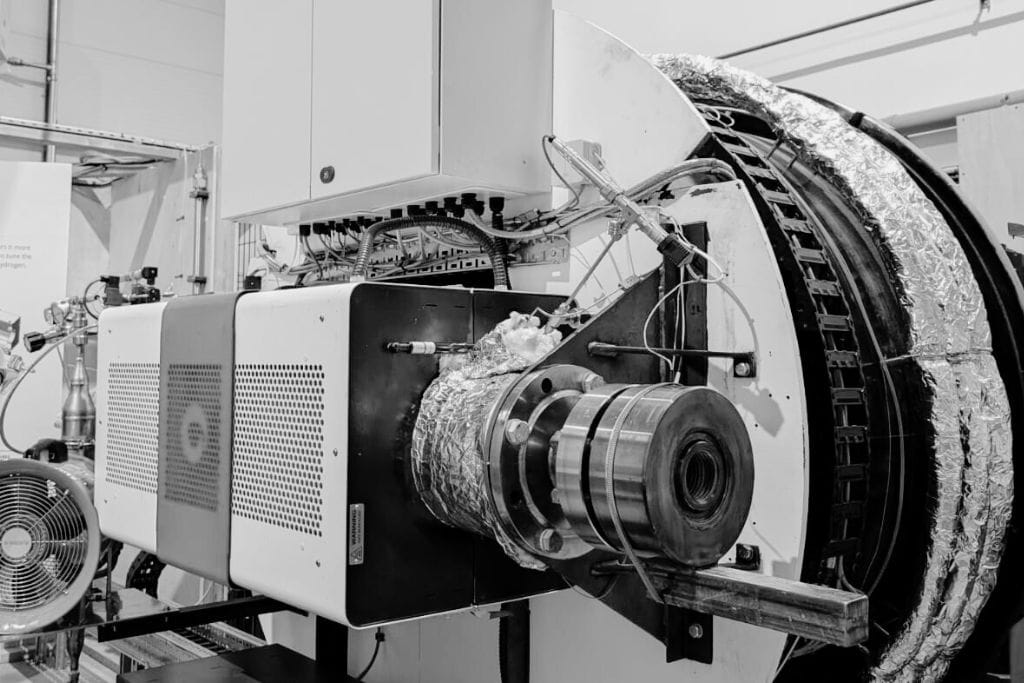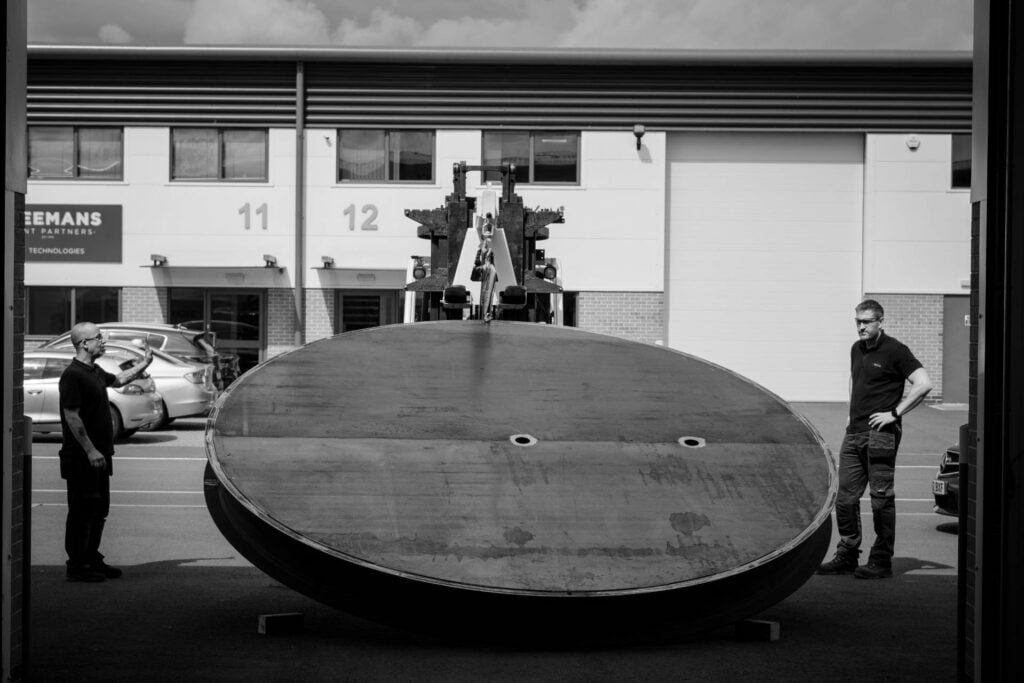Nano – unveiling potential through proof of concept
Nano, as a lab-scale prototype was conceived as a proof of concept and the first iteration of our exploratory efforts at Wild Hydrogen. To translate theory into tangible outcomes, Nano brought together a diverse team comprising engineers, scientists, and physicists. This collaborative synergy was instrumental in collecting real-world data – an essential stride in spotlighting the technology’s promise.
The original design of Nano wasn’t without its share of challenges and whilst a foundation for our technology, it required thoughtful readjustments to unleash the prototype’s full capability. The process of iteration and commitment to refinement by the team through continuous experimentation and embracing trial and error came to define the project. This endeavour proved to be fruitful, with Nano validating our Aspen simulation models and bolstering our confidence in the technology. Astonishingly, it not only fulfilled its role as a proof of concept, Nano exceeded expectations, offering a glimpse into its massive potential.
However, Nano’s small-scale design had limitations. The controlled lab setting, while helpful at first, became a problem as more data showed the prototype’s abilities. It became clear that a larger platform was needed to fully utilise its capabilities. This realisation marked a new phase focused on replication, enhancement, and expansion. So, Nano served as a foundational step, paving the way for later models like Micro and Mini, which built upon its insights and discoveries.




